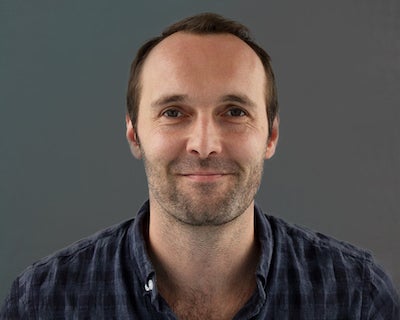Cool Molecules: Unraveling the Mysteries of Ice-Binding Proteins
Ice-binding proteins represent a remarkable diversity of structures for stopping and starting ice growth. Antifreeze proteins (AFPs) enable the survival of various freeze-avoiding organisms in freezing or subfreezing habitats by preventing the macroscopic growth of ice crystals. Understanding how AFPs recognize and bind the nascent ice crystals is a key step to unravel their working mechanisms and important for the design of synthetic antifreeze mimics. In contrast, bacterial ice- nucleating proteins (INPs) promote heterogeneous ice nucleation better than any known material. On the molecular scale, bacterial INPs are believed to function by organizing water into ice‐like patterns to enable the formation of embryonic crystals. However, the details of their working mechanism also remain largely elusive. Here, I will talk about the results of comprehensive evaluations of environmentally relevant effects such as changes in pH, the presence of ions and temperature on the activity, three-dimensional structure and hydration shell of bacterial INPs and AFPs using ice affinity purification, high-throughput ice nucleation assays and advanced surface-specific spectroscopy.
Tuesday, December 14
10:00 – 11:00 AM via Zoom
About the presenter

Konrad Meister received his B.Sc. and M.Sc. in biochemistry from the Ruhr-University Bochum Germany and holds a Ph.D. in physical chemistry. Dr. Meister joined UAS in January of 2020 and is originally from Germany. From 2014-2018 he did his postdoctoral work with Huib Bakker at the NWO Institute AMOLF in the Netherlands, as a Marie Curie postdoctoral fellow. Following work in Antarctica, an opportunity arose to for him to work at the University of Alaska. He said he is very intrigued by the chemistry and biochemistry of how animals adapt to cold conditions. He is interested in the biomolecules of organisms, how they work, and how they can be harnessed for biomedicine.